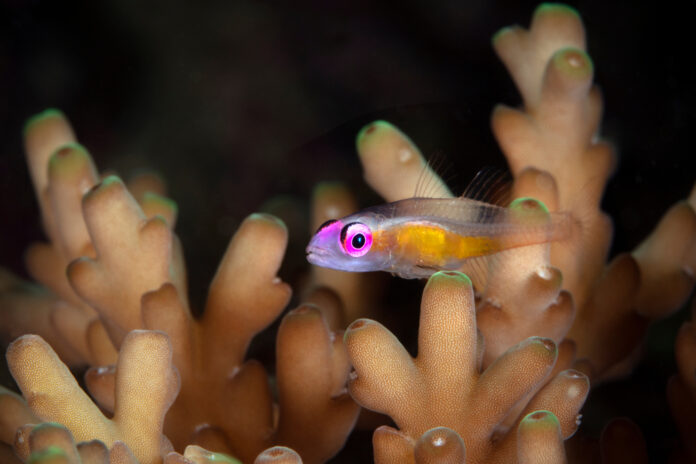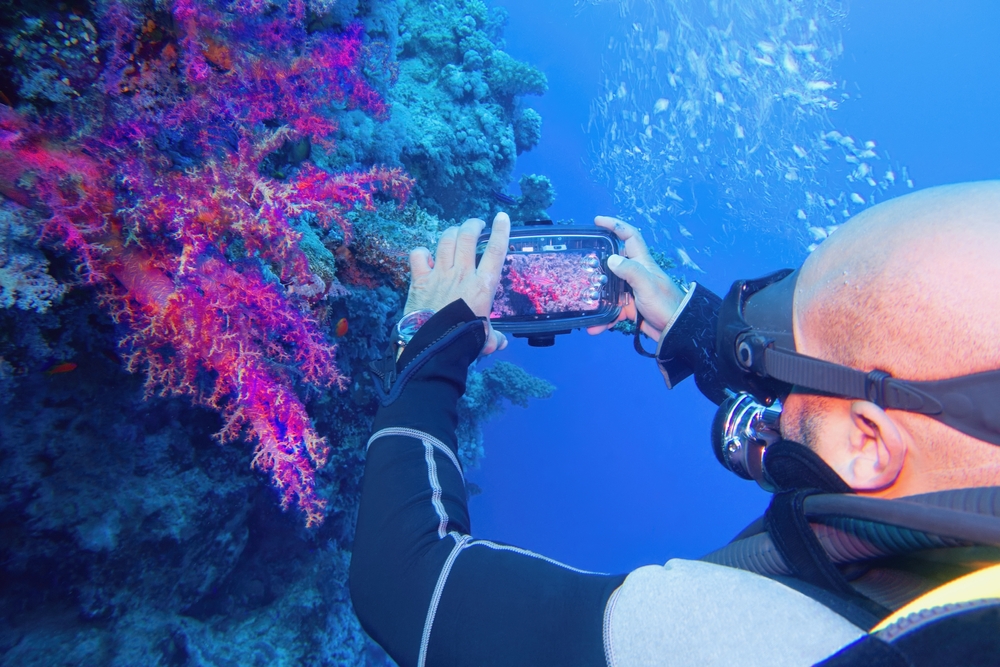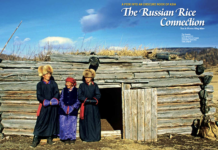Photographing gobies is similar to photographing other subjects underwater — but more difficult. Gobies are smaller, harder to find, and more easily spooked than most other marine animals! Hopefully, the tips below will help you to get some good shots of these little fishes!
1. Control your buoyancy
As with so many other aspects of diving, good buoyancy control is key! Only when you are satisfied that you can control your position underwater with enough precision to avoid crushing the corals around you and scaring the fishes, should you bring a camera.
Some questions you can ask yourself are: How long can you hover absolutely stationary just a few centimetres above the sand? Can you swim backwards? Are you able to rotate in place underwater? Do you have the right amount of ballast weight on your body, and is it distributed in an ideal way?
2. Approach slowly and breathe calmly
A cautionary approach is absolutely imperative if you want to get a good shot of a goby. You should observe the goby as you are approaching it slowly, and only approach it more closely if you are fairly certain that you are not about to spook the fish.
You may also want to minimise the disturbance caused by your exhalation by getting a rebreather if you are willing to invest in one, or simply control your breathing consciously as much as possible! Exhale slowly and calmly, and possibly through your nose, which will produce smaller and less noisy bubbles exiting through your mask. 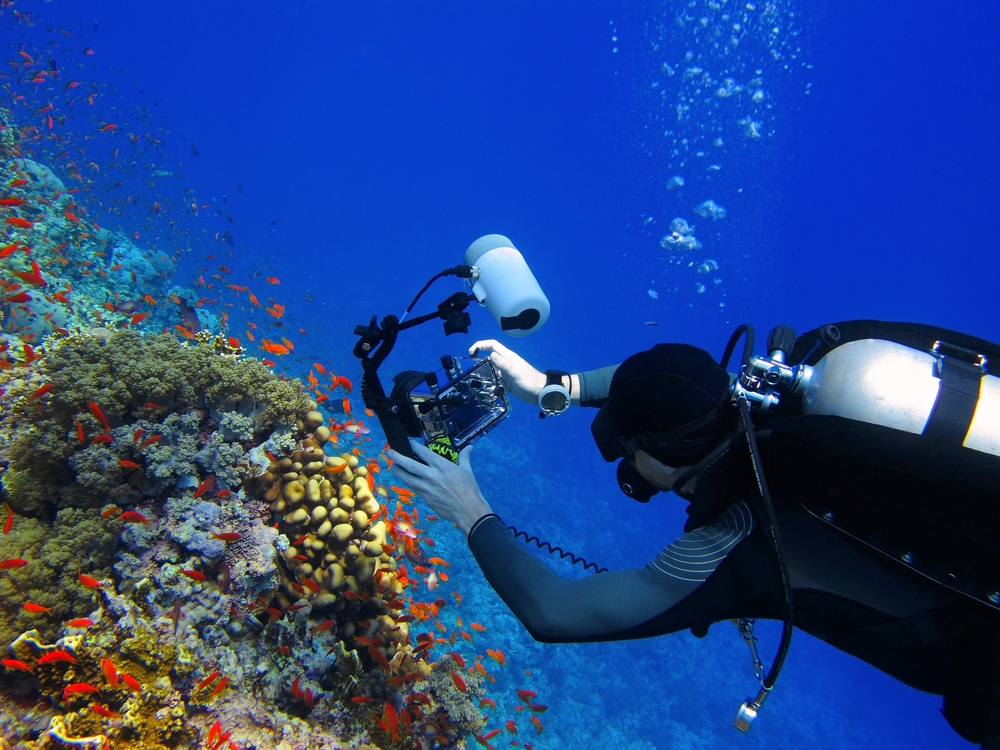
With all this cautious behaviour, you will still not have any guarantee that the gobies will stay in place. With some species, you will get only one shot — the shrimp gobies will usually escape into their burrow once spooked and not re-emerge for many minutes. Other species of gobies will habituate to your presence if you act calmly.
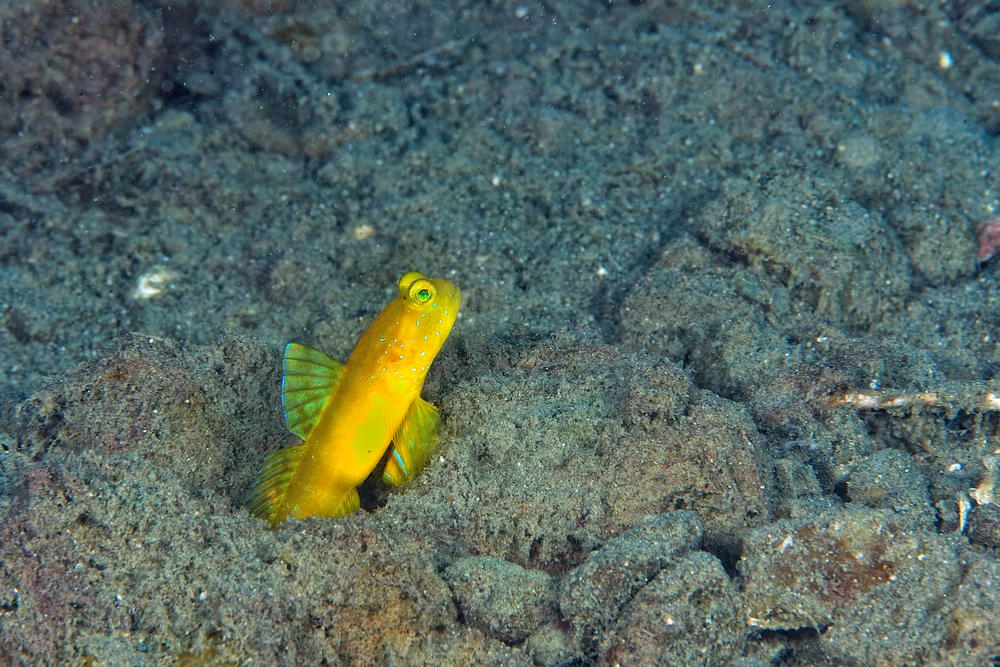
3. Know where to look
One area to look at carefully is the sand, especially the sandy bottom right next to bommies and rocks. Many gobies are epibionts, meaning that they live on other organisms, mostly sponges and corals. The celebrities among these epibionts in the world of underwater photography are the gobies of genera Gobiodon and Paragobiodon, which are found in between the branches of hard corals.
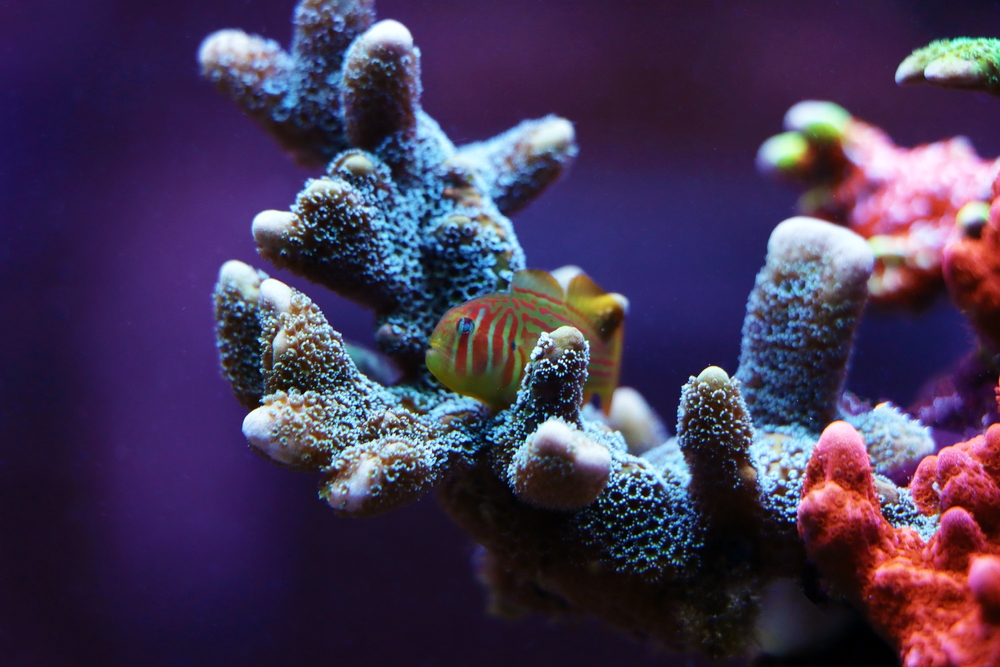
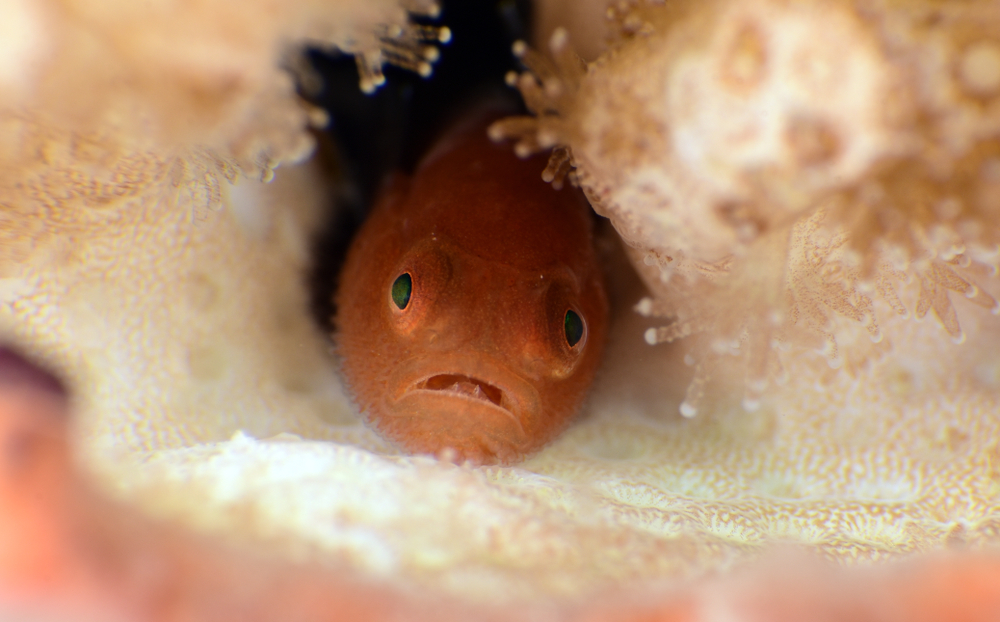
Finally, a number of species of the genus Trimma hover in crevices along steep walls, sometimes upside down. They hover in schools, often in mixed-species schools, so it’s worth looking at every individual fish in a crevice if you want to discover rare and unusual species. Gobies of the Trimma tevegae complex are the most common among these crevice-hovering species, but among them, you might find rarely-seen gems like Trimma hoesei.
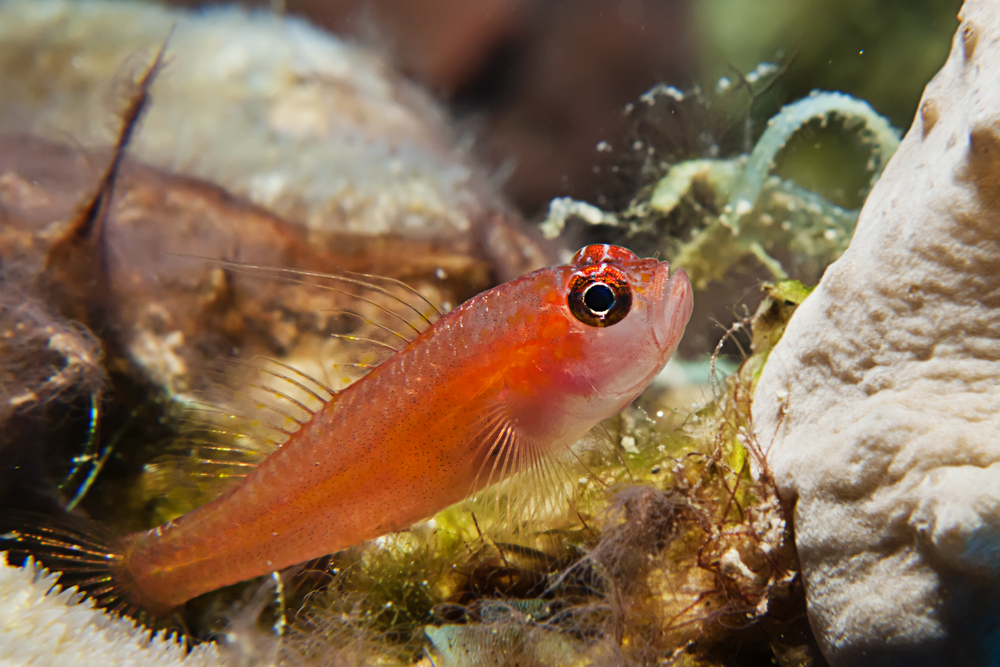
Want to learn more goby-photographing tips? Check out the Asian Geographic e-Shop at https://shop.asiangeo.com/product/the-lives-of-gobies/ to get a copy of The Lives of Gobies By Dr Klaus M. Stiefel! The book will tell you all you need to know about capturing the beauty of these little fishes on your cameras.
Dr Klaus M. Stiefel is a zoologist, nature photographer, scuba instructor and popular science author based in Dumaguete, Philippines. Klaus has been a visiting professor at the Marine Science Institute of the University of the Philippines, and currently teaches at the Institute for Environmental and Marine Science of Silliman University in Duamguete City. He is also an active marine environmental consultant with Blue Nomads, Philippines.


